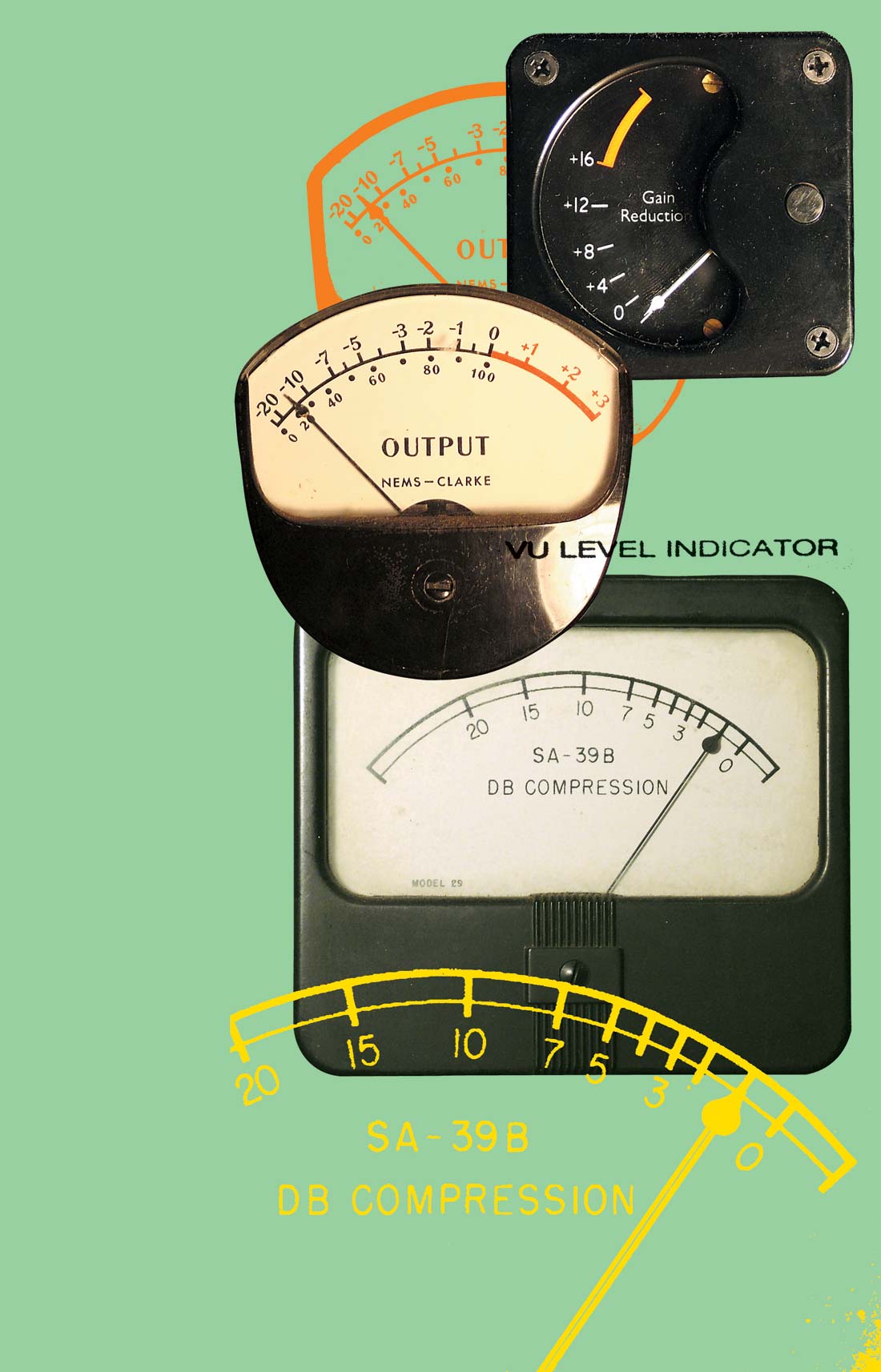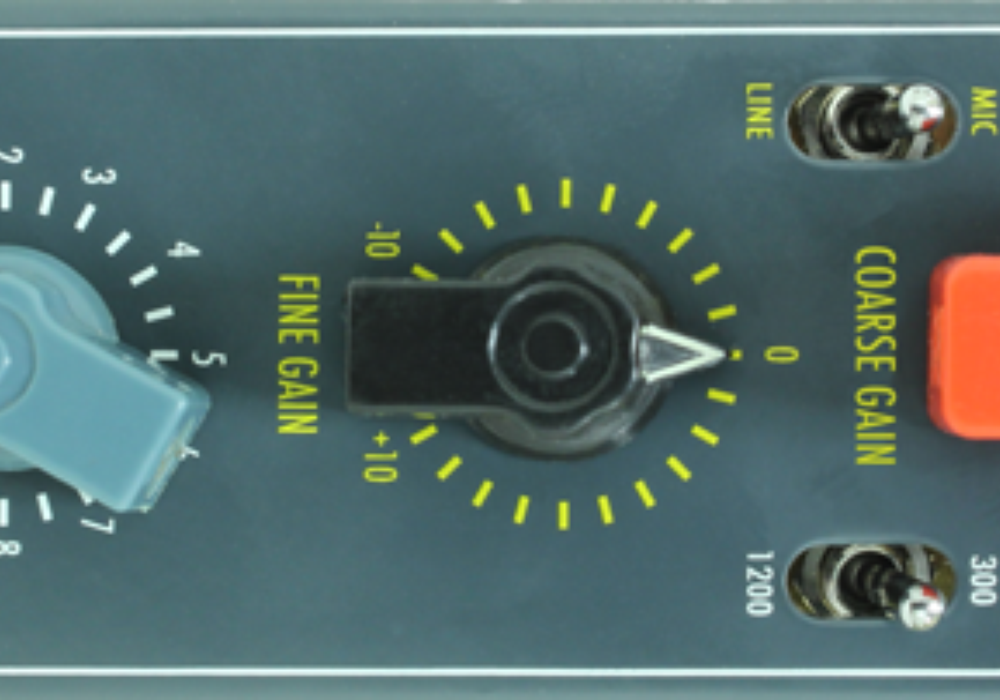I'll start this review by reading your mind. I can tell you're thinking two questions. The answers are: the 5012 sounds great; and yes, you should buy one. If it's still at the introductory price of $1440 when this goes to press, you'd be crazy not to take advantage of the opportunity.
The Portico 5012 two-channel microphone preamp is the first product designed, manufactured, and sold by Rupert Neve Designs. In 1961, Rupert started the Neve console manufacturing company which he sold in 1985 wherein it became known as AMS/Neve (and that company has recently been purchased by yet another). Since then, Rupert has been consulting and providing designs for other companies. The 5012, as with other products in the Portico line that will follow, is completely designed by Rupert and built by the Rupert Neve Designs company in Wimberly, TX. Initially, products are being sold direct from the company's website.
The 5012 is a half-rack, two-channel preamp. It's capable of -6 to +72 dB of gain (zero gain is important, more on this later). The gain is controlled with two knobs: a large rotary switch with steps for 6 dB increments of gain; and a small, continuously-variable pot that sweeps from -6 dB to +6 dB in reference to the switch. This second control is at the same side of the gain stage as the rotary switch. It is not an output volume like many other modern preamp designs. In addition to the standard phantom-power and polarity-invert switches, there are mute and buss-assignment buttons. Each channel features a variable high-pass filter, and a single Silk switch works for both channels. All switches have indicator LED's behind them, and an eight-segment meter shows output level for each channel. A kit is available for joining a second unit so you can mount four preamp channels in one rackspace. Or the 5012 can be mounted in a soon-to-be-released, eight- space rack with other Portico modules. (A faceplate with rotated text is available for vertical-mounting.)
The signal path is simple and very short. On the input is a Transformer-Like-Amplifier (TLA) which uses extremely low noise, discrete components to avoid the winding resistances, inductance restrictions, and non-linear magnetization curves of even the highest-grade iron core materials found in transformers. This functions as a sort of prepping for the actual input transformer that follows in the signal path so that the transformer sees a constant level and impedance, maximizing the sonic benefits while minimizing the weaknesses of a transformer-based front-end. The input and output transformers are a new Rupert Neve design, and since transformers are what Rupert spent his early years designing before he started Neve, these new ones have nearly 50 years of design experience behind them. Even in tube-based amplification, it's really the transformers that make gear sound warm and musical, not the tubes, as many people are led to believe.
So how does it sound? The first thing I wanted to know is how it stands up against a 1073. I first compared it to an all-original 1073 in mint condition. I set up a guitar amp and mic'ed it with a Beyerdynamic M 160 ribbon and ran it first through the 1073. I usually reserve my 1073's for drums and other preamps for guitars, and I couldn't remember hearing such a beautiful, euphonic sound from the M 160 / 1073 combination. It was really amazing. My first thought was that it sounded so great that there was no way the 5012 could beat it. When I switched preamps, the resulting sound wasn't as good. When I reached to adjust the gain, I realized that I had patched the preamps opposite to each other, and I'd been listening to the 5012 first! A/B'ing back and forth, it was clear that both preamps had common characteristics, but the lows and low mids were rounder and clearer and definitely more pleasing from the 5012. The 1073 was easily identifiable because it sounded a little honky next to the 5012.
Next, I started playing with the high-pass filter. High- pass filters are very important, but I hardly ever use them because I have a hard time finding ones that I like. This one is great. When engaged at the lowest frequency (20 Hz) on this particular guitar tone, I couldn't hear a difference. I raised it until I heard it cut too much, brought it back just a bit, and then A/B'ed. The new tone had more clarity while still being big and punchy. That was all the play time I had before I had to get to work, and I felt fine trusting the 5012 on a session that I really didn't want to screw up (a track for Chaka Kahn). It sounded great on everything I ran through it, but what I found most amazing was that all five instruments that I tracked with it needed no EQ at any stage-all the way through to mixing. I've never had that happen before. Also, the 5012 sounds great for drums, and I've found myself drawn towards using it on overheads and room mics because the high-pass filter allows me to vary the amount of kick when I want a roomy snare while keeping the kick tight.
All that's left to discuss is the Silk switch. When this circuit is engaged, it reduces negative feedback and increases second-harmonic distortion. To audition the Silk function, I decided to run a stereo audio track through it. When I looked at the input gain to figure out how much I would need to pad the level for the experiment, I saw that there was an option of 0 dB of gain for line level signals. (I later discovered that this is explained in the manual.) Because the fine gain adjustment does not have a detent at zero, the easiest way to ensure an exact match between left and right is to set the course gain to +6 dB and the fine gain to -6 dB, and now both sides pass through at unity gain. Because of the name Silk, I expected it to add air or high end. What I found was that it made things thicker and warmer, kind of like when you drive a 1073 a little bit harder. I've used this feature on several mixes. Also, I usually engage the Silk circuit during tracking unless I want a super-clean sound. (Don't forget to disable phantom power when you're sending a line out into the 5012. I inadvertently blew out my console's output this way.)
The 5012 sounds amazing. When you're comparing absolute top-quality mic preamps like the 5012 and the 1073, it's hard to say one sounds "better" than another, especially when it comes to taste. Personally, I think a lot of people will agree with me that for many applications, the 5012 sounds better than a 1073. It's very easy to use, and it's now my go-to preamp. Set the level, the high- pass filter, done. I pretty much always have Silk enabled. It also has a mix application (mastering too?) if you want the sound of the new Rupert Neve Designs transformers and the Silk circuit. At the introductory price of $720 per channel, it has the biggest bang for the buck of any mic preamp I've ever used. The Portico 5012 is yet one more reason that I believe in Rupert Neve. ($1440 direct; www.rupertneve.com)





_disp_horizontal_bw.jpg)